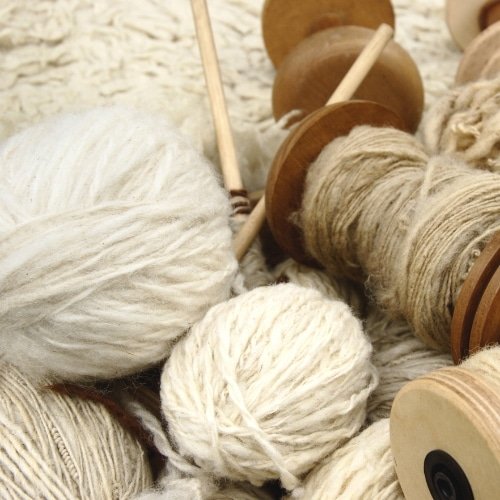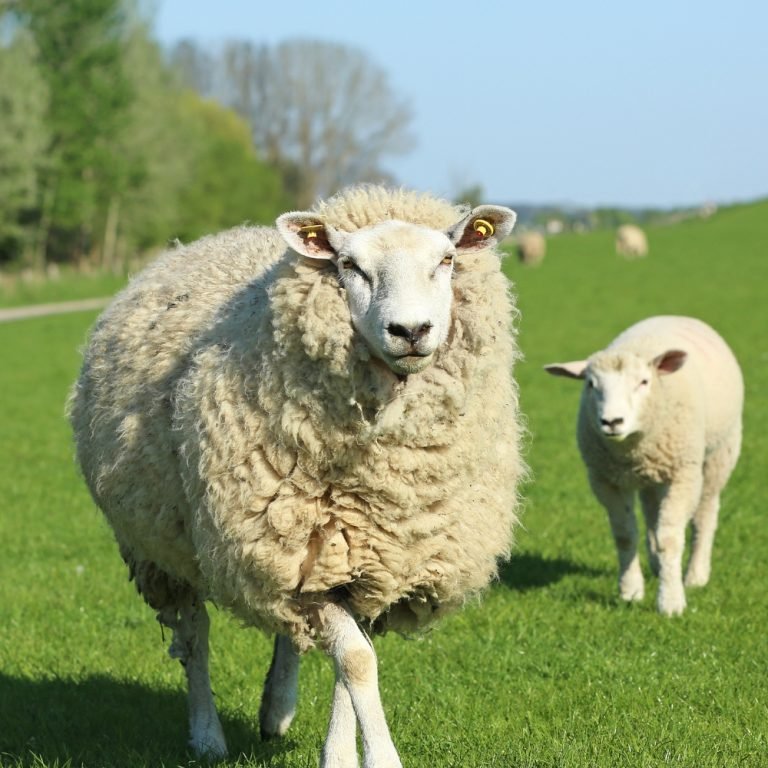Can Wool Get Wet: Exploring the Water-Resistance of Wool Fabric
When it comes to textiles, wool has long been appreciated for its unique properties. One of the questions frequently asked is, “Can wool get wet?” In this article, we’ll delve into the fascinating world of wool and its interaction with water. We’ll explore whether wool truly gets wet, the science behind its water-resistant nature, and how this quality makes wool an exceptional choice for various applications.
Understanding Wool Fiber Structure
The Composition of Wool
Wool comes from the fleece of sheep and is made up of protein fibers. These fibers are primarily composed of a protein called keratin, which provides wool with its unique characteristics.
Cuticle Layer and Scales
Wool fibers have a cuticle layer that consists of overlapping scales. These scales contribute to wool’s water resistance by preventing water from easily penetrating the fiber.
Can Wool Get Wet?
Absorption vs. Repellency
Wool is not completely waterproof, but its inherent properties make it highly water-resistant. While it can absorb moisture, it repels liquid water to a certain extent.
Water Resistance of Wool
Wool fibers have a natural water-repellent quality due to their unique structure. This property helps keep the core of the fiber dry even when exposed to moisture.

How Does Wool Resist Water?
Hydrophobic Properties
The scales on wool fibers create a hydrophobic surface, causing water droplets to bead up and roll off the fabric. This prevents the moisture from fully saturating the fiber.
Natural Oils in Wool
Wool contains natural oils that contribute to its water resistance. These oils repel water and help maintain the integrity of the fiber even when damp.

Benefits of Water-Resistant Wool
Breathability and Insulation
Water-resistant wool remains breathable, allowing air to circulate. This property is especially valuable in regulating body temperature and providing insulation.
Outdoor and Sportswear
The water-resistance of wool makes it an excellent choice for outdoor and sportswear. It can wick away moisture from the body and keep the wearer dry and comfortable.
Caring for Water-Resistant Wool Items
Cleaning and Maintenance
Proper cleaning methods can help maintain the water-resistant properties of wool. Gentle hand washing and using mild detergents are recommended.
Storing Wool Properly
Storing wool items in a cool and dry place is essential to prevent mold growth. Proper storage preserves the water-resistant qualities of the fabric.
Wool vs. Synthetic Fabrics
Performance in Wet Conditions
Compared to synthetic fabrics, wool tends to perform better in wet conditions due to its ability to retain warmth even when damp.
Environmental Considerations
Wool is biodegradable and sustainable, making it an eco-friendly alternative to many synthetic fabrics that contribute to microplastic pollution.
Urban Myths about Wet Wool
Shrinking and Stretching
Contrary to common belief, wool doesn’t necessarily shrink or stretch significantly when exposed to moisture. Proper care can prevent these issues.
Odor and Mildew
Wool’s natural moisture-wicking properties help prevent odors and mildew from forming, making it a suitable choice for humid conditions.
Innovations in Wool Technology
Water-Repellent Treatments
Advancements in textile technology have led to water-repellent treatments that enhance wool’s natural water-resistant properties.
Future Possibilities
Researchers are exploring ways to further improve wool’s water resistance, durability, and performance, opening doors to innovative applications.
How to Test Wool’s Water Resistance
Water Droplet Test
A simple test involves placing water droplets on the fabric. If the droplets bead up and sit on the surface, the fabric is water-resistant.
Absorption Time
Observing how long it takes for water to be absorbed into the fabric can indicate its level of water resistance.
Conclusion
In conclusion, the question “Can wool get wet?” can be answered by understanding wool’s unique structure and properties. While wool is not completely waterproof, it is indeed water-resistant due to its hydrophobic nature and the presence of natural oils. This inherent quality, combined with wool’s breathability and insulation, makes it a valuable choice for various applications. As technology advances, we can expect even more innovative uses of water-resistant wool, further enhancing its already remarkable capabilities.







